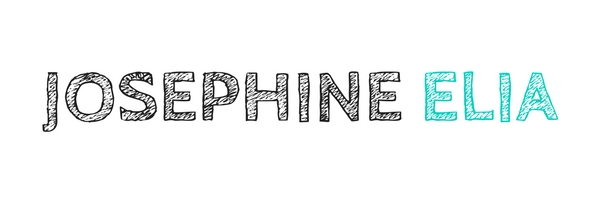
Best Books of 2017: Part 1
It’s time for the mid-year highlights of the best reads of 2017! I’ve been having an especially voracious appetite for reading this year. Since I no longer have to commute to work, the amount of reading time in my life has multiplied. You can view the complete list of the books I’ve read in 2017 and 2016 below. Click here for Part 2 of this list.
These are my best picks from this year’s list:
1. Born a Crime: Stories from a South African Childhood by Trevor Noah
This was the first book I finished in 2017. It is both hilarious and insightful. Trevor Noah, a comedian from South Africa, is a brilliant storyteller. Noah was born during apartheid, and grew up in the complex post-apartheid South Africa. His life stories are out of this world. If you can, I would recommend listening to the audiobook version. He narrates it himself, which is awesome, since he speaks many languages and does accents very well. You’ll get the full characterization of the people he mentions in the book.
Blog posts inspired by the book:
Trevor Noah’s Insights on the Power of Language
Home in Language: Why Speaking in Your Mother Tongue is So Refreshing
2. Tribe: On Homecoming and Belonging by Sebastian Junger
This concise and poignant volume is a critical view of modern society and its isolation. Junger elucidates the power and importance of living in communities, most of which is lost in our typically individualistic lives.
Blog post inspired by the book:
3. Homegoing by Yaa Gyasi
Homegoing is a beautiful novel that traces the lineage of two half-sisters, spanning about 300 years of Ghanaian and American history. Through the story of this split family, we are carried along through history, seeing the impact and legacy of colonization and slavery to individuals, families, and societies. Incredible work of fiction.
Blog post inspired by the book:
Home-Longing: Thoughts on Home and What It Means. A Prequel.
4. Tools of Titans: The Tactics, Routines, and Habits of Billionaires, Icons, and World-Class Performers by Tim Ferriss
This is the mother book of all business and self-help books. Lots of inspiring quotes and life hacks from top performers of all fields.
5. Stories of Your Life and Others by Ted Chiang
If you’re into science-fiction, this is a fantastic collection of short stories. One of these stories became the basis of the acclaimed movie Arrival, starring Amy Adams. It’s great writing, combined with provoking exploration on how humanity would behave in alternate realities.
6. The Undoing Project: A Friendship That Changed Our Minds by Michael Lewis
A book by a great storyteller, on a great friendship story between Daniel Kahneman and Amos Tversky, two Israeli psychologists whose work on the mind’s judgment-making processes have influenced probably everything in modern psychology. Kahneman is the author of Thinking, Fast and Slow, one of my all time favorite books, where he describes the key conclusions of his and Tversky’s work. The Undoing Project is the behind-the-scenes story on how the research and collaboration took place between these two great minds.
7. Purple Hibiscus: A Novel by Chimamanda Ngozi Adichie
I read several of Adichie’s books this year and though I enjoyed all of them, I especially appreciated Purple Hibiscus. She portrays the inner life of the novel’s protagonist–a teenage daughter of a deeply religious and abusive man–and her complex relationship with her family very powerfully.
8. Smoke Gets in Your Eyes: And Other Lessons from the Crematory by Caitlin Doughty
For a book about death, this book is a surprisingly delightful read. Doughty works in the death industry and takes us through her reflections–both humorous and serious ones–as she learns about her work in a crematory. It has just enough irreverence to be funny, but it also poses deeper questions about how modern society handles death and the dead.
Favorite Books Lists
2024: Best Books of 2024 Part 1, Best Books of 2024 Part 2.
2023: Best Books of 2023 Part 1, Best Books of 2023 Part 2.
2022: Best Books of 2022 Part 1, Best Books of 2022 Part 2.
2021: Best Books of 2021 Part 1, Best Books of 2021 Part 2.
2020: Best Books of 2020 Part 1, Best Books of 2020 Part 2.
2019: Best Books of 2019 Part 1, Best Books of 2019 Part 2.
2018: Best Books of 2018 Part 1, Best Books of 2018 Part 2.
2017: Best Books of 2017 Part 1, Best Books of 2017 Part 2.
2016: Best Books of 2016 Part 1, Best Books of 2016 Part 2.
2015: Best Books of 2015 Part 1, Best Books of 2015 Part 2.
*Amazon Product and Bookshop links on this blog are affiliate links, which means that each time you purchase something through those links, I get a small commission without you paying any extra. Of course you don’t have to use them, but if you want to chip-in towards content creation for this blog, I’d really appreciate it!














